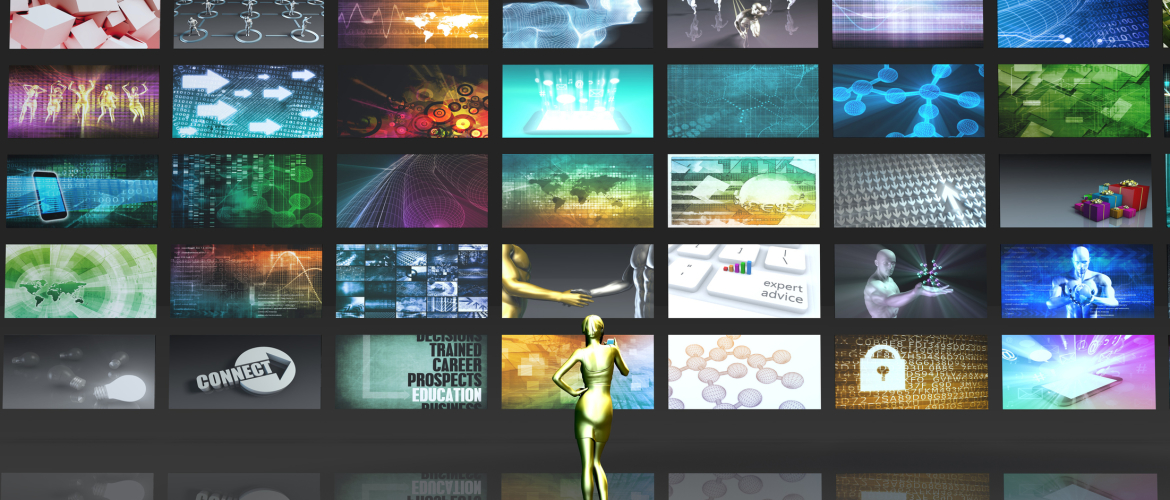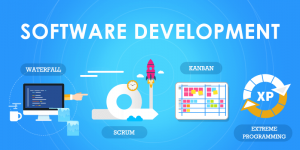
In the digital content ecosystem, Digital Rights Management (DRM) plays a crucial role in protecting the rights of content creators and distributors. However, DRM’s effectiveness is not solely dependent on its technological capabilities but also on users’ understanding and acceptance of these systems. User education programs are essential for building awareness and fostering a positive perception of DRM-protected videos. By informing users about the importance of DRM, the challenges of digital piracy, and the benefits of legal content consumption, stakeholders can cultivate a more compliant and supportive user base. This article explores strategies for implementing effective user education programs to enhance the acceptance and efficacy of DRM video protections.
The Need for User Education on DRM
A significant challenge facing DRM is user resistance, often stemming from a lack of understanding about why DRM exists and how it impacts content consumption. Misconceptions can lead to frustration, driving users towards unauthorized content sources. User education programs aim to:
- Clarify the Purpose of DRM: Explain how DRM protects copyright and supports the creation of new content.
- Demystify DRM Operations: Educate users on how DRM works, emphasizing that it’s designed to ensure content security without unnecessarily restricting legitimate use.
- Highlight the Consequences of Piracy: Illuminate the broader impacts of digital piracy on content creators and the industry as a whole.
Strategies for Effective User Education Programs
Developing and deploying successful user education initiatives requires a thoughtful, multifaceted approach:
- Engaging Content: Create informative and engaging content that explains DRM and copyright concepts in simple terms. Videos, infographics, and interactive tutorials can be more effective than dense textual explanations.
- Utilize Multiple Channels: Leverage various platforms, including social media, email newsletters, and in-app messages, to reach users where they are most active.
- Incorporate Real-Life Examples: Use case studies and examples to illustrate the negative impacts of piracy and the benefits of DRM and legal content consumption.
- Feedback Mechanisms: Encourage user feedback on DRM-related issues and use this input to refine both DRM systems and educational content.
Benefits of User Education Programs
Well-designed user education programs can yield numerous benefits:
- Reduced Piracy: By understanding the value of copyright and DRM, users may be more inclined to seek out legal content sources.
- Increased User Compliance: Informed users are more likely to comply with DRM restrictions, recognizing them as necessary for content protection.
- Positive User Experience: Clear communication about DRM can mitigate user frustration, leading to a more positive content consumption experience.
- Support for Content Creators: Highlighting the role of DRM in supporting creators can foster a culture of respect and appreciation for digital content.
Case Studies and Success Stories
Highlighting success stories where user education programs have led to increased awareness and compliance can be inspirational. For instance, platforms that have transparently communicated the reasons behind DRM restrictions, and offered clear instructions for legal content access, have seen improvements in user satisfaction and reductions in piracy rates.
Conclusion
User education programs are a vital component of the DRM ecosystem, crucial for building awareness and fostering a supportive user base. By effectively communicating the importance of DRM and the impact of digital piracy, content providers can enhance the acceptance and effectiveness of DRM protections. As digital content continues to evolve, ongoing efforts to educate and engage with users will be key to ensuring the sustainability and growth of the digital content industry.

























